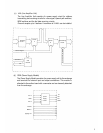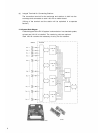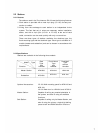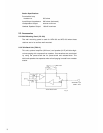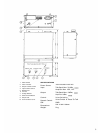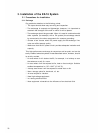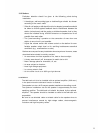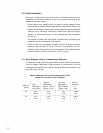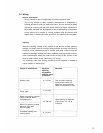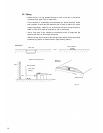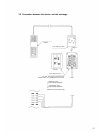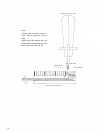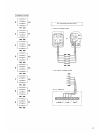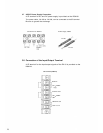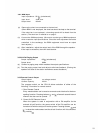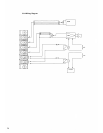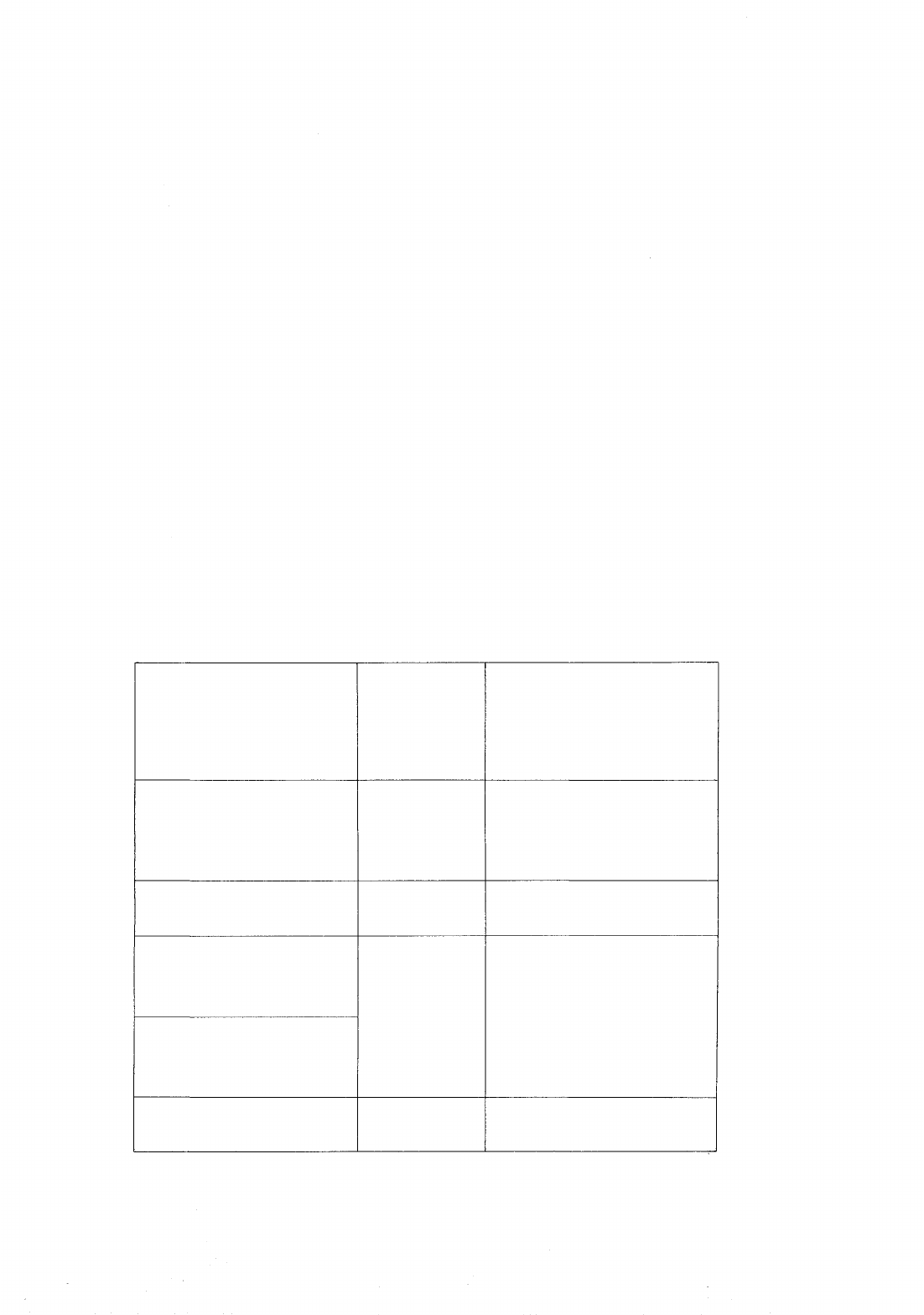
3.4 Wiring
General Information
* Wiring should be done independent of public telephone lines.
* The wiring conduit is often installed underground or embedded in
building structures such as walls and floors, so care should be taken
to draw up a wiring plan that has ample reserve for future extension of
the system and that can be adapted to future remodelling or expansion
of the building it is housed in. Wiring systems must be planned with
ample wires, a conduit and with provisions for additions to the system.
Spacing
Since the working voltage of this system is low and the current passing
through it is small, there is no major safety problem involved in the wiring.
However, since interference due to contact with other indoor wiring can
cause wire damage, leakage and other problems, spacing should be given
close consideration when the small-current wiring of this system is laid
close to other indoor wiring, particularly AC wiring.
The following chart lists spacing standards to be followed in respect to
typical causes of interference.
Cause of Interference
Heating pipe
Water pipe
Radio transmitting coaxial
cables (CB and other).
Telephone wire.
Radio/TV antenna coaxial
cables & twin lead.
Ground cable.
Protected heating and
cooling pipes
Minimum
spacing
acceptable
without extra
protection
6" (15 cm)
4" (10 cm)
12" (30 cm)
4" (10 cm)
Remarks
This minimum spacing
requirement should be
observed, since intercom
cable is vulnerable to heat.
More spacing is required
where there is a risk of
induction.
13



